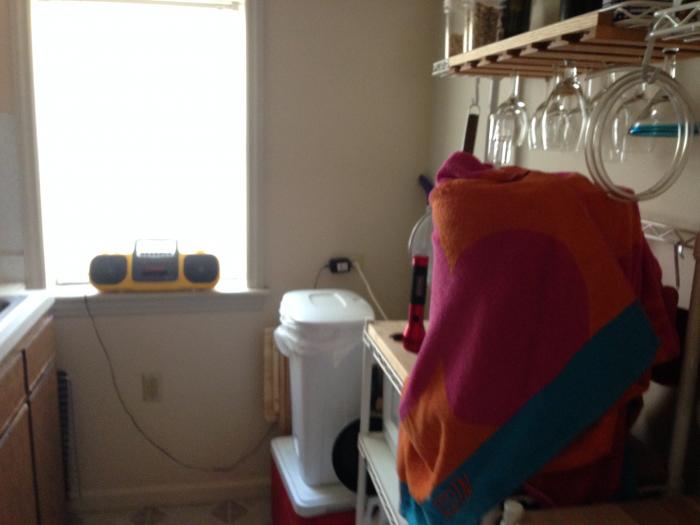I thought the common perspective was to ferment in a dark place, but in many homebrew fermentation pictures, I see carboys in the corner of ordinary rooms (i.e. not dark closets).
I'd like to have my fermenter in plain view so I can watch it, it seems others do too.
What is an acceptable amount of light exposure during fermentation?
I'd like to have my fermenter in plain view so I can watch it, it seems others do too.
What is an acceptable amount of light exposure during fermentation?





